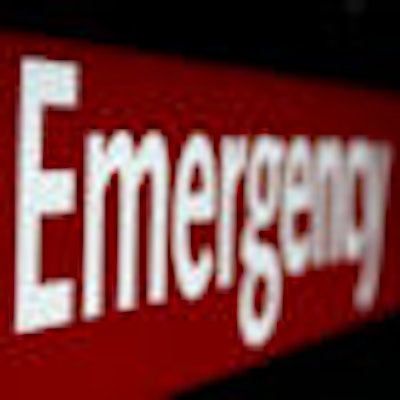
Drug overdose. Choking. Allergies. Anxiety. By ignoring the common hazards of their profession, many dentists are putting their patients at risk. That's the warning from Stanley Malamed, D.D.S., a professor of dental anesthesiology at the University of Southern California and author of a textbook on the subject.
"If you need help to save a life, you shouldn't be licensed to practice dentistry," he said in his lecture, "Drugs, Death, and Dentistry" at the recent Yankee Dental Congress in Boston.
Children are often the victims of these dental emergencies, Dr. Malamed said. Most adverse drug reactions occur in younger, lighter-weight patients being treated by inexperienced nonpediatric dentists, he said.
Dr. Malamed discussed cases in which children died because they received too much anesthesia or weren't being monitored during sedation -- because, he said, "dentists didn't do the right thing."
In one case, he said, a dentist removed a pulsometer from a 2-year-old boy's finger because his father complained that the machine's noise was irritating. By the time the dentist noticed that the boy's lips had turned blue, it was too late to save the child, he said.
In another case, a 5-year-old girl died after receiving a triple dose of sedation -- an oral sedative, an intravenous drug, and nitrous oxide gas, with no monitoring. The Chicago dentist's assistant testified at a trial that she had never seen a stethoscope in the office and had no idea how to use one, Dr. Malamed said.
When using local anesthetics, dentists should not inject all four quadrants of a child's mouth at the same time, he said.
For adult patients as well as children, Dr. Malamed noted that a little innovation can go a long way. "Dental floss can save your life," he said, explaining how dentists have attached floss to cotton rolls, so they could be easily retrieved in the unlikely event they slip down a patient's throat.
Dentists should never try to retrieve cotton rolls with ordinary pliers because they can damage the trachea, he said. It's far better to have blunt scissors on hand for such emergencies.
Dr. Malamed reminded the audience that if patients lose consciousness, they should be placed in a horizontal position with their feet slightly elevated, which increases blood flow to the brain.
It's unclear how many life-threatening emergencies occur in dental offices, Dr. Malamed said. Less than 1% of dental office emergencies involved heart attacks, according to his 1993 survey of more than 30,000 emergencies experienced by 4,300 North American dentists (Journal of the American Dental Association, August 1993, Vol. 124:8, pp. 40-53).
By far the most common medical emergency was fainting, accounting for more than half of the 30,000-plus emergencies, he said. Mild allergic reactions and angina were the next most common crises, accounting for about 2,500 emergencies each.
Stress and anxiety cause about three-quarters of all emergencies, and can reduce patients' pain tolerance, according to Dr. Malamed. Dentists must stop a procedure if a patient complains. "Too many doctors ignore the fear. It's sad," he said.
Copyright © 2009 DrBicuspid.com



















